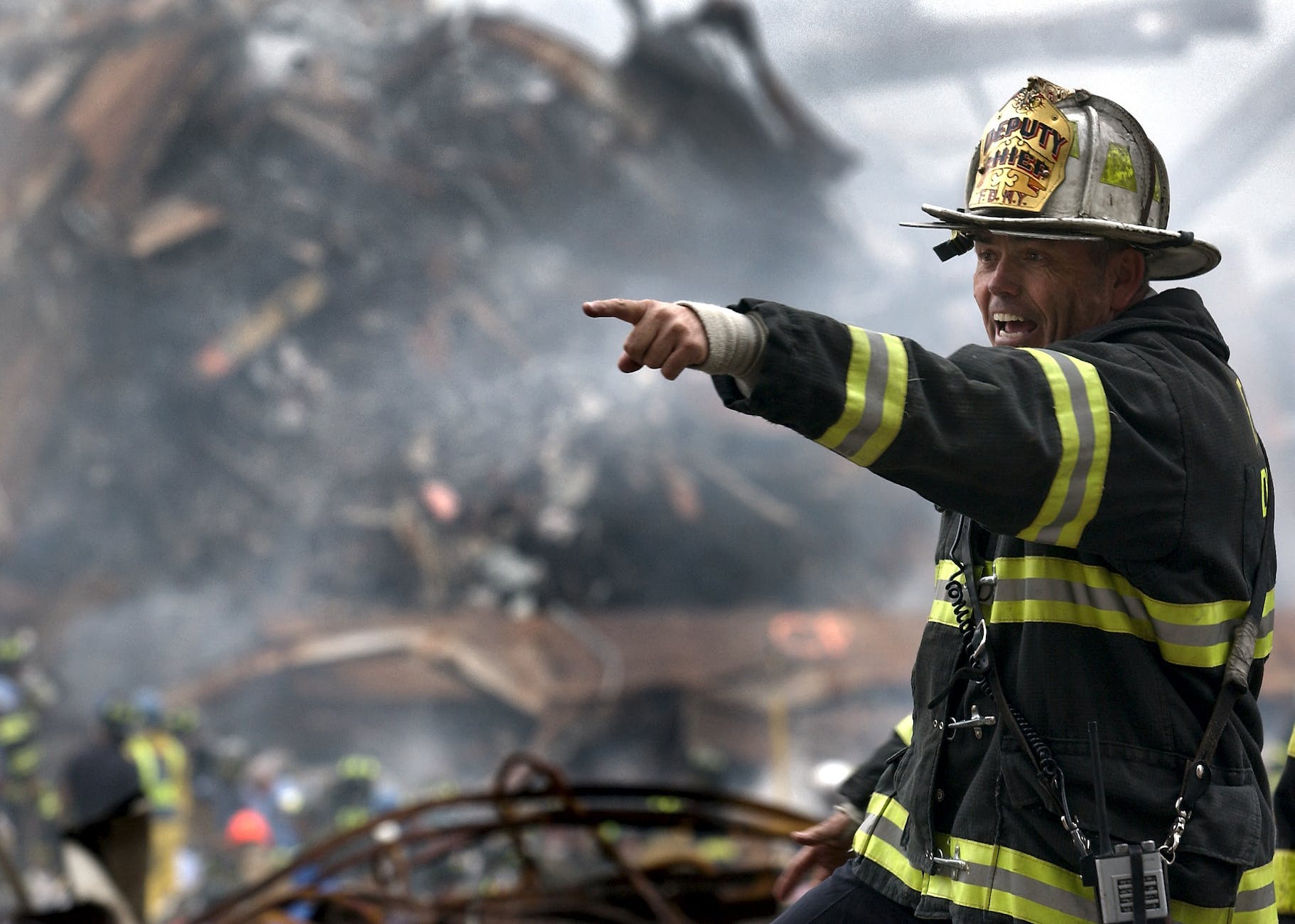Imagine the crackle of flames, the sting of smoke in your eyes, and the panic of a fire tearing through your home. In such a terrifying scenario, every second counts. Having a well-rehearsed fire escape plan can mean the difference between life and death. Here are some crucial safety tips to help you create and practice an effective fire escape plan for your home:
Planning is Key:
- Gather the Crew: Involve everyone in your household, including children, in the planning process. Explain the importance of fire safety and their role in the escape plan.
- Map it Out: Draw a floor plan of your home, marking all exits (doors and windows) and two escape routes from each room. Consider using different colored markers for primary and secondary exits.
- Pick a Meeting Spot: Choose a location outside your home, at a safe distance, where everyone can gather after escaping. It should be easily accessible from all exits.
- Assign Roles: If you have young children or mobility-impaired individuals, designate helpers to ensure their safe evacuation. Practice these roles during drills.
- Don’t Forget the Extras: Plan for alternative exits if primary routes are blocked. Consider fire escape ladders for upper floors, especially if windows are small. Discuss escape plans for specific scenarios like power outages or blocked doorways.
Practice Makes Perfect:
- Drill It In: Conduct fire drills at least twice a year, both day and night, simulating a real fire with smoke alarms sounding.
- Time is of the Essence: Aim to evacuate your home within two minutes. Time each drill and strive to improve speed and efficiency.
- Get Low and Go: Teach everyone to crawl low under smoke, where the air is clearer and cooler. Stay close to the floor and exit quickly.
- Every Second Counts: Don’t waste time gathering belongings. Remember, “Get Out, Stay Out, Call 911.” Leave personal items behind and prioritize safety.
- Practice Different Scenarios: Simulate various situations like blocked exits or power outages to ensure everyone can adapt and execute the plan effectively.
Remember the Details:
- Smoke Alarms are Lifesavers: Install smoke alarms on every level of your home, inside and outside sleeping areas. Test them monthly and replace batteries twice a year.
- Clear the Way: Keep exits and escape routes clear of furniture, clutter, and debris. Ensure doors and windows open easily.
- Close Those Doors: Closing doors can slow the spread of fire and smoke, giving you precious time to escape.
- Educate Yourself: Teach your family about different fire hazards and safe cooking practices.
- Have a Fire Extinguisher: Keep a fire extinguisher in a readily accessible location and know how to use it properly.
By following these safety tips and practicing your fire escape plan regularly, you can significantly increase your chances of escaping a fire safely. Remember, fire safety is everyone’s responsibility. Take action today and protect your loved ones!
Bonus Tip: Consider involving your local fire department in the planning process. They may offer free home fire safety inspections and valuable guidance. It also gives them an opportunity to become familiar with your home and surrounding area. Should there be an issue they will already have notes on where to look for family members or pets.


